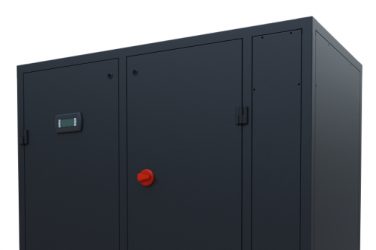Siemens outlines changing model for total cost of ownership (TCO)
Total cost of ownership (TCO), which seeks to calculate the full cost of business equipment and systems including acquisition, operation, maintenance and training etc, is undergoing an evolution, according to a new paper from Siemens Financial Services (SFS).
An increasing proportion of financial managers are now starting to incorporate two further factors into the TCO model:-1. The time cost of money and free cash flow issues (characterised as ‘frozen capital’).
2. Savings through energy efficiency.
Previous SFS research has shown that considerable sums lie ‘frozen’ in capital equipment acquisition, especially in the healthcare and industrial sectors. Similarly, SFS studies have also shown that organisations in industry, commerce, healthcare and the public sector can often make savings of over 25 per cent on their energy costs, depending on the technology application.
The inclusion of the new factors highlights the need for TCO models to consider the most financially efficient way of acquiring and using equipment, in addition to simply calculating the full costs of equipment. As a result of TCO analysis, many organisations choose to employ asset finance techniques, as they can often free up frozen capital as well as facilitate investments in energy efficient equipment.
Julian Hobbs, sales director of commercial finance at SFS, comments, ‘The new TCO mindset, in our view, increasingly recognises the importance of incorporating frozen capital and energy efficiency in the TCO calculation. As a result of those calculations, many organisations are turning to asset finance techniques in order to liberate ‘frozen’ capital and afford energy efficiency equipment upgrades. Instead of simply funding the purchase cost of equipment or systems, these finance solutions are covering other requirements identified in the TCO analysis, such as installation, maintenance, service, training and upgrades etc.’
Such finance plans are increasingly designed to make energy efficiency investments affordable by making monthly payments equal to, or lower than, the energy savings – in many cases delivering savings and net positive cash flow immediately.
The SFS paper was based on internal research and business insight in equipment financing, such as leasing and rental and energy efficient investments, complemented by references to third party sources.






